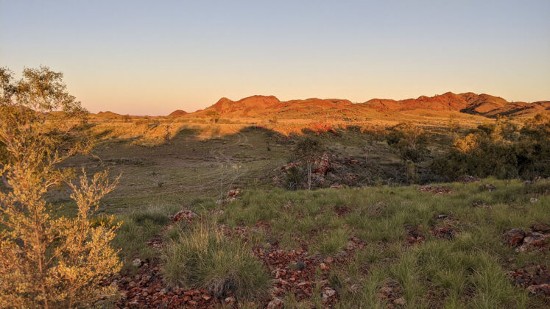Before I became the science and tech nerd that writes this blog, and before my business career, and my undergraduate studies focused on history, I was hooked on geology, geophysics, and physical geography. I had aspirations to study and do research in plate tectonics. So indulge me as I share with you an intriguing hypothesis that was published in the journal Nature on August 10th. The article is entitled “Giant impacts and the origin and evolution of continents.” You can access the abstract here.
What appears to set Earth apart from other planets in our Solar System, as far as our discoveries show us to date, is that the crust of our planet consists of numerous floating pieces riding a viscous and fluid layer of hot rock, the mantle. Our continents are the most visible of these pieces riding the convective currents that have put them in motion.
Our landers and orbiters on Mars paint a very different picture of that planet. There the crust is rigid. This explains how a volcano the size of Olympus Mons can form and grow to super size, or how the canyon, the Valles Marineris can form and persist for billions of years. Features like this cannot exist on Earth with a dynamic and active crust.
Continental drift is what we call it and we can see the evidence of the past clearly on the imprint of the continental pieces today. We call them plates. The most visible continental alignment that shows how the continents have drifted is visible in the South Atlantic Ocean with the coastline of South America almost a perfect jigsaw match for Africa’s Guinea Coast.
But what set the continental plates in motion in the first place? What loosened Earth’s crust and not the Martian surface layers? The new hypothesis points to evidence in Earth’s early geological history. The planet endured two blitzkrieg events from its early formation some 4.5 billion years ago, to a second period around 3.9 billion years ago. These weren’t the only significant points in Earth’s past when large bodies of rock smashed into the young planet. Research from Stanford University points to as many as eight major impacts occurring between 3.5 and 3.2 billion years ago with the Moon prominently displaying some of the collateral damage that struck it during these bombardments.
We are not talking about an asteroid like the one associated with the demise of the dinosaurs 65 million years ago. These impactors make the dinosaur killer look like a pebble. The scars from that period in the Solar System’s early history can still be seen today on the surfaces of Mars, Mercury, and our Moon. But on Earth, they are nearly invisible for two reasons: continental drift, and erosion. For a big one here on Earth, look no further than Hudson Bay in Northern Canada encompassing an area of over 1.2 million square kilometres (470,000 square miles).
Geologists have always suspected that the early bombardments of the Earth set the continents adrift, but finding the evidence has been difficult. That’s what this discovery is attempting to validate. It involves the study of the oxygen isotope composition of magnetized zircon in rock formations in Western Australia, an area containing a continental remnant dating back almost 4 billion years. The evidence points to the start of a mantle being kickstarted by the deep impacts of large meteorites.
In an article posted on Curtin University’s website and written by Lucien Wilkinson, one of the authors of the published study, Dr. Tim Johnson, describes the mineral discovery at Pilbara Craton, the ancient continental remnant previously mentioned. He points to the evidence of these giant impacts in the tiny magnetized zircon crystals found in the rocks. He states further, “these zircon crystals revealed a ‘top-down’ process starting with the melting of rocks near the surface and progressing deeper, consistent with the geological effect of giant meteorite impacts…the first solid evidence that the processes that ultimately formed the continents.”
Dr. Johnson notes that what the research team identified in the Pilbara Craton is also similarly recognizable in other ancient continental remnants found elsewhere such as in Canada. The Curtin University research team hopes to test its hypothesis on these other ancient remnants to confirm it.
















